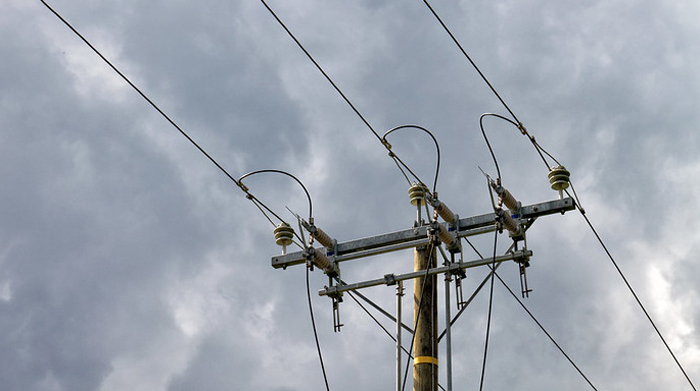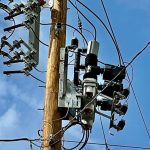How Reconductoring Could Expand New Transmission Capacity

Image courtesy of Ervins Strauhmanis under Attribution 2.0 Generic License, resized to 700 x 391 pixels.
New research suggests that reconductoring – that is, replacing traditional transmission lines with advanced conductors – could quadruple new transmission capacity in the near term. And as an added bonus, reconductoring is relatively cost effective, costing only around 20% more than building new transmission lines alone. A typical project generally takes 18-36 months to complete.
The Nuts and Bolts of Reconductoring
The report, compiled by researchers at GridLab and the University of California, Berkely, concludes that upgrading conductors could add approximately 64 TW-miles of new interzonal transmission capacity across the U.S. over the next 10-12 years versus about 16 TW-miles with upgrading transmission lines alone.
Only about 2% of U.S. transmission lines are more than 50 miles long, making the vast majority of transmission infrastructure across the country ideal targets for reconductoring. That said, even the longer lines can be reconductored, it would just need to be split into segments.
Additionally, the potential increase in capacity would help lower wholesale power costs by an estimated 3-4% overall, generating a whopping $180 billion in reduced costs by 2050 when compared to the more traditional methods. Further, the report says that the extra capacity from reconductoring would ultimately enable the U.S. to obtain 90% of its power from clean energy sources by 2035.
The benefits of this approach are widely accepted, and in fact a companion research report implores policymakers and government officials to offer incentives and funding opportunities to utilities for installing advanced conductors (among other recommendations such as assessing transmission line efficiency standards, improving transmission planning activities, and enhancing education and training for employees).
The bottom line for me, from a pure emergency preparedness perspective, is that anything that can be done to dramatically expand capacity would be beneficial from a reliability perspective. Simply put, the greater the reliability, the lower the expected outage frequency and severity. Ultimately, time will tell if reconductoring truly takes hold, but I, for one, am fully onboard with the idea.



